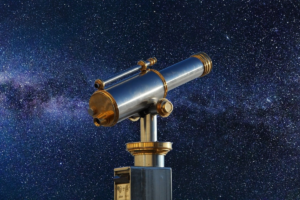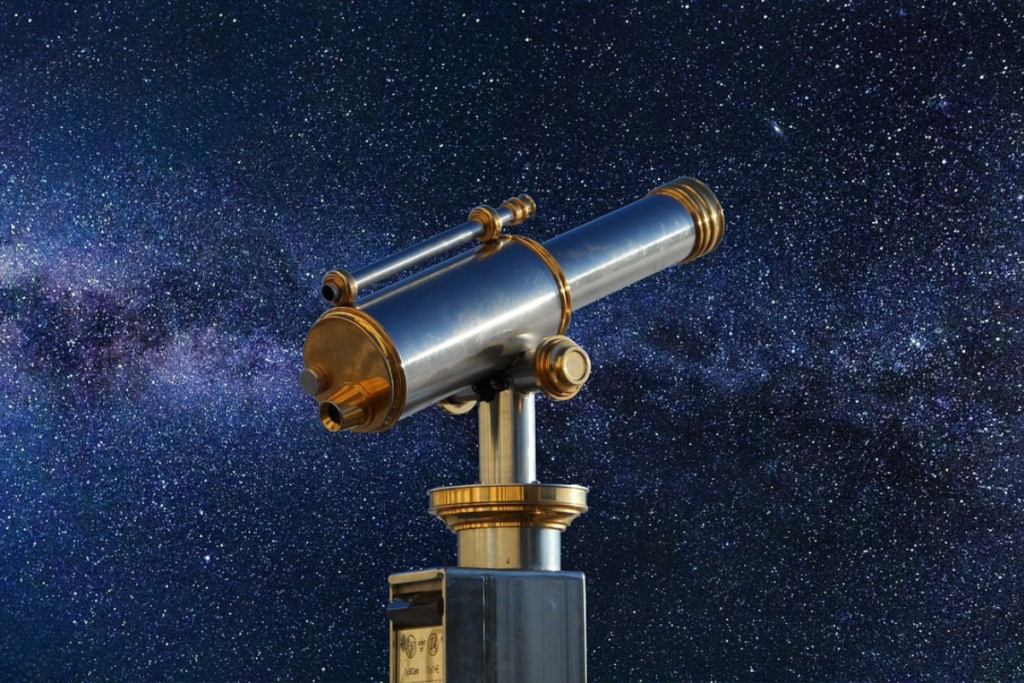Introduction
When it comes to observing planets, having the right telescope can make all the difference. Whether you’re a seasoned astronomer or just starting out, choosing the best telescope for planetary observation will enhance your experience and reveal the fascinating details of our solar system. This guide will explore the top telescopes for planetary observation, detailing their features, benefits, and what sets them apart.
Understanding Planetary Observation
Why Observing Planets is Special
Observing planets allows you to witness the intricate details and dynamic features of celestial bodies close to home. From the rings of Saturn to the storms on Jupiter, planets offer a rich tapestry of sights that are both breathtaking and educational.
Key Factors in Choosing a Telescope for Planetary Viewing
When selecting a telescope for planetary observation, consider factors such as magnification, aperture size, and optical quality. Each plays a crucial role in how clearly and vividly you can view planetary details.
Types of Telescopes for Planetary Observation
Refractor Telescopes
Features of Refractor Telescopes
Refractor telescopes use lenses to gather and focus light. Their design is ideal for planetary observation because they produce sharp and clear images with minimal distortion.
Recommended Refractor Telescopes
- Celestron AstroMaster 70AZ: Known for its portability and ease of use, this telescope provides clear images of planets with a 70mm aperture.
- Sky-Watcher ProED 100mm: With its high-quality optics and 100mm aperture, this telescope delivers exceptional clarity and detail.
Reflector Telescopes
Features of Reflector Telescopes
Reflector telescopes use mirrors to collect light, which can allow for larger apertures at a lower cost compared to refractors. This makes them a good choice for detailed planetary observation.
Recommended Reflector Telescopes
- Orion SkyQuest XT8: This 8-inch Dobsonian telescope provides excellent light-gathering capability and is renowned for its sharp planetary images.
- Celestron NexStar 6SE: Combining a 6-inch aperture with computerized mount technology, this telescope offers ease of use and high-quality planetary views.
Compound Telescopes
Features of Compound Telescopes
Compound telescopes, also known as catadioptrics, use a combination of lenses and mirrors. They are versatile and provide excellent image quality with minimal optical aberrations.
Recommended Compound Telescopes
- Celestron EdgeHD 800: Known for its exceptional image sharpness and contrast, this telescope is perfect for serious planetary observers.
- Meade LX90 8-inch: With advanced optics and a user-friendly design, this telescope provides detailed and clear planetary observations.
Essential Accessories for Planetary Observation
Barlow Lenses
Barlow lenses increase the magnification of your telescope, allowing for closer and more detailed planetary views. They are a must-have for any planetary observer.
Planetary Filters
Filters can enhance the contrast of planetary features, making details more visible. Common filters include color filters for highlighting specific features and polarizing filters to reduce glare.
Star Charts and Software
Using star charts and software can help you locate planets and plan your observation sessions. Many tools also offer real-time simulations of planetary positions.

Tips for Effective Planetary Observation
Optimal Viewing Conditions
Clear skies, minimal atmospheric turbulence, and a stable mount are crucial for the best planetary observations. Check weather conditions and choose a location away from city lights for optimal results.
Proper Telescope Setup and Maintenance
Ensure your telescope is properly collimated (aligned) and maintained. Regular cleaning of lenses and mirrors will help maintain image clarity and performance.
Observation Techniques
Learn to adjust your telescope for different magnifications and use slow-motion controls for precise tracking of planets. Patience and practice will improve your observational skills.
Conclusion
Choosing the best telescope for planetary observation involves considering factors such as optical quality, type of telescope, and essential accessories. Whether you opt for a refractor, reflector, or compound telescope, each offers unique advantages for exploring the wonders of our solar system. With the right equipment and techniques, you’ll be able to enjoy detailed and captivating views of planets that will enhance your appreciation of the cosmos.
#AddObjectOnImageWithAi #SpaceMissionEngineering #Centauri-6Satellite
FAQs
1. What is the best type of telescope for viewing planets?
Refractor telescopes are often considered the best for planetary observation due to their sharp and clear images. However, reflectors and compound telescopes also offer excellent views, each with its own advantages.
2. How important is the aperture size in a telescope for planetary viewing?
Aperture size is crucial as it determines the amount of light a telescope can collect, affecting image brightness and detail. A larger aperture provides more detail, but quality optics are also important.
3. Can I use a Barlow lens with any telescope?
Yes, Barlow lenses are compatible with most telescopes and can enhance magnification for more detailed planetary observations.
4. What are the benefits of using planetary filters?
Planetary filters improve contrast and enhance specific features on planets, making details more visible and reducing glare.
5. How do I know if my telescope is properly collimated?
Check your telescope’s collimation by observing a star or planetary image. If the image appears distorted or misaligned, you may need to adjust the optical alignment.


